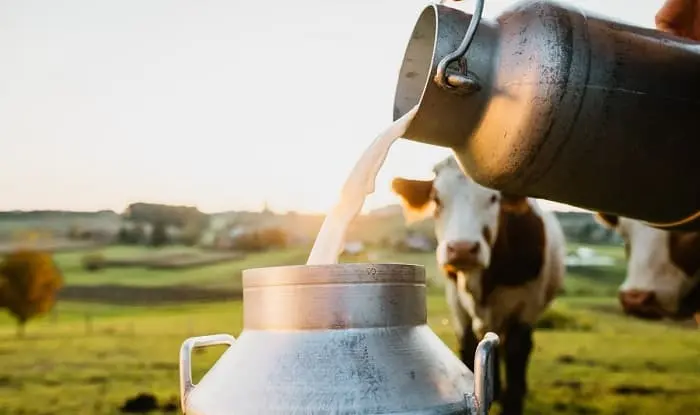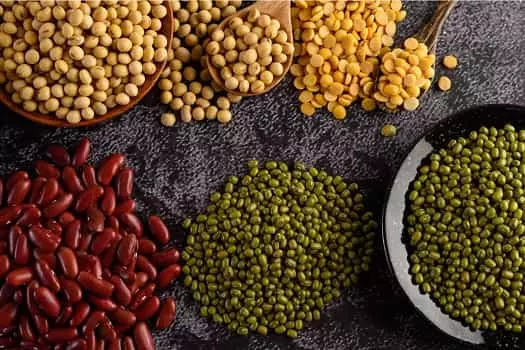Sheep, along with a few other species, are the primary source of the fibre known as wool in the textile industry. It is generally agreed that wool contains protein, along with a trace amount of lipids.
Shearing sheep is the most common method for obtaining wool from sheep. Shearing refers to the process of removing the sheep’s woolly coat, also known as the fleece. After the fleece has been removed from the sheep, the wool is divided into its primary components, which are referred to as locks, fleece, broken, & bellies.
Wool classing refers to the evaluation method that is used to categorize the quality of wool. There are numerous countries that produce wool, and the following is a list of the top 10 wool-producing countries in the world at the present time.
Largest Producers Of Wool In The World
1. Australia

The majority of the world’s wool is produced in Australia, making it the leading wool producer. Because of the superior quality of its products, this nation’s wool has become the standard in the global wool business. According to studies, wool is manufactured in practically all of the states in this country, with the exception of the land in the far north.
The states of Victoria and New South Wales contribute the lion’s share of the wool. It is believed that there are Seventy million sheep in Australia, all of which contribute to the country’s supply of wool.
2. China

The amount of wool produced in China ranks it as the world’s second largest producer. Although this nation is the biggest manufacturer of wool across the world, Australian wool continues to be the most popular choice for consumers due to its high quality and wide availability.
According to some estimates, the amount of wool that is produced within China is insufficient to satisfy the demands of the local market within the country. As a result, China imports a huge portion of wool from places like Australia as well as other big producers.
3. United States of America
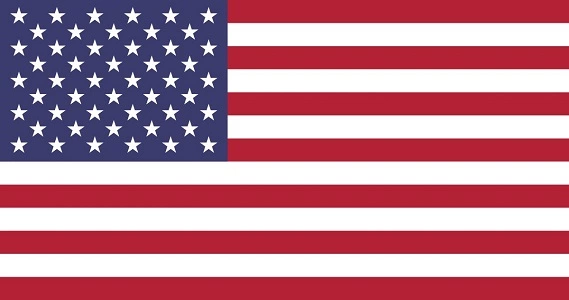
The USA is the world’s third largest producer of wool, following only China and Australia. In this country, the annual wool production from a single sheep amounts to approximately 7.2 pounds on average.
The introduction of artificially produced materials as a replacement for wool led to a drop in overall production in the wool sector. This country’s wool is of comparable quality to the coarse wool produced in New Zealand and the fine wool produced in Australia, with which it may directly compete.
4. New Zealand

The amount of wool produced in New Zealand places it in fourth place among all countries in the globe. This nation has a long tradition of manufacturing wool, and the amount produced skyrocketed as a direct result of the policies implemented by the United States during the Korean War.
It is generally agreed that New Zealand is the country that exports the highest quality wool products to the most countries throughout the world. Wool from New Zealand is distinguished in a number of ways, one of the most noticeable being it’s distinctively pure white color and lower levels of contamination. The government has made investments in bettering the machinery in this country, and they have also taken steps to sell their wool products on an international level, which has led to an improvement in the wool business.
5. Argentina
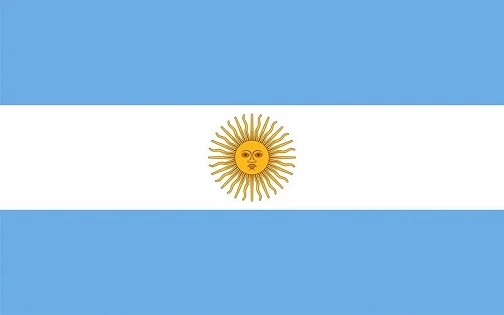
Wool production in Argentina ranks the country as the fifth largest in the world. This nation is home to a one-of-a-kind economic structure that places a premium on the wool sector.
The fact that a majority of sheep in Argentina has never gone down, despite the fact that the government has made measures to boost wool production, is one of the most significant aspects of the country’s wool business. Patagonia is the region that makes the most significant contribution to this country’s overall wool output.
6. Turkey

Wool production in Turkey ranks the country as the sixth largest in the world. Additionally, this nation is one of the most prolific producers of sheep and goats in the entire world. The bulk of the wool that is made in Turkey is of the coarse-wool variety, which is the sort of wool that is typically employed in the production of carpets. The production of cotton and wool for use in textiles accounted for roughly 10 percent of this nation’s entire gross domestic product.
7. Iran
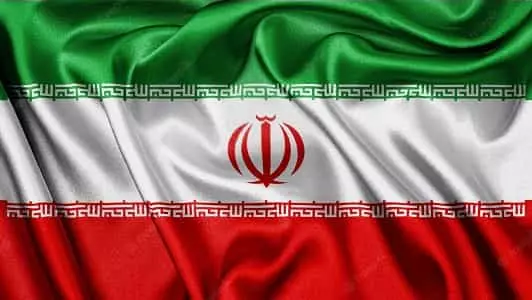
Wool production in Iran ranks the country as the seventh largest in the world. The vast majority of the wool produced in this country is utilized in the production of a variety of goods, including carpets, felt, bedding, and so on. The history of wool production in Iran dates all the way back to 6500 BC, making it one of the world’s oldest producers of the fiber.
Wool from Iran is notable for being made not just from sheep but also from camels, making this trait one of its most distinguishing characteristics. The quantity of wool produced in Iran has been growing steadily over the past seventy-five years, and the country now ranks as the fifth largest exporter of wool.
8. United Kingdom

Wool production in the United Kingdom places the country at the eighth spot on the global list. This country formerly boasted the world’s highest production of wool, but that was before the invention of synthetic fibers, which caused the industry to go into decline.
The wool that is produced in the UK is characterized by a number of significant qualities, one of which being its high micron count and strength. In most cases, they are employed in the production of carpets, rugs, and the like. It is believed that there are sixty different kinds of sheep in the UK, with twenty-five of those types being considered rare.
9. India

In terms of total wool production, India ranks ninth on the global scale. Because the amount of wool made in this nation is not enough to meet the demand inside the country, the country must import wool in order to fulfill its requirements within the country. It is believed that the average wool production per sheep is 3.5 kilograms per sheep per year; however in country like India, it is merely 0.8 kilograms per sheep per year.
It is believed that this country has 720 woolen mills in the organized sector, in addition to a great deal more in the small segment. Only 250 of these 720 units are located in the city of Ludhiana by themselves.
Shepherds in Uttarakhand have access to a new batch of lambs before the end of the year as a result of a crossbreeding project between the native sheep of the region and Australian Merino sheep. This project was undertaken in response to the growing demand for imported wool.
India is the 9th largest grower of wool in the world and is responsible for about two to three percent of the industry’s overall output.
About 64 million sheep make up India’s population, making it the third highest sheep inhabitants in the world. The annual production of wool falls somewhere in the amount of 43 million to 46 million kilogram’s
Raw wool is an essential commodity for India, but domestic production is insufficient, thus the country must rely on imports, mainly from New Zealand and Australia.
10. Sudan

Sudan is currently ranked as the world’s 10th biggest producer of wool. This nation has a total land area of about 2.5 million square kilometers, making it the biggest country here on African continent. It is estimated that Sudan has one of the greatest livestock populations, consisting of a variety of animals such as sheep, cattle, camels, & goats.
According to recent research, the percentage of sheep raised in this nation for the purpose of producing wool has been increasing at a pace of 2.8% annually. There are three distinct kinds of desert sheep that can be found in Sudan: the Shugor, the Dubasi, and the Watish.
Conclusion
Wool is an important raw material for all of us. These top countries producing wools are the major helping hand for people across the globe.
World Wool Production FAQs
Q. What are the main types of wool produced?
Answer: There are various types of wool, classified based on the breed of sheep and the region where they are raised. Some common types include Merino, Romney, Corriedale, and Lincoln.
Q. How is wool harvested from sheep?
Answer: Wool is typically sheared from sheep once a year. Professional shearers use electric or manual clippers to remove the fleece from the sheep. The fleece is then sorted, cleaned, and processed into various wool products.
Q. How does wool production impact the environment?
Answer: While wool is a natural and renewable resource, the environmental impact depends on factors such as land use, water consumption, and chemical usage in processing. Sustainable practices, such as eco-friendly farming and responsible processing, can minimize the environmental footprint.
Q. What are some challenges in the wool industry?
Answer: Challenges include fluctuating wool prices, competition from synthetic fibers, animal welfare concerns, and the need for sustainable and ethical practices. Additionally, changes in consumer preferences and fashion trends can impact demand.
Q. How is wool graded and classified?
Answer: Wool is graded based on factors like fineness, length, color, and cleanliness. The Wool Classing system is commonly used to categorize wool into different grades, with finer and cleaner wool generally fetching higher prices.
Q. How has technology influenced wool production?
Answer: Technology has improved shearing techniques, wool processing, and quality control. It has also facilitated global trade and communication in the wool industry. Advances in genetics have allowed for selective breeding to enhance desirable wool traits in sheep.


